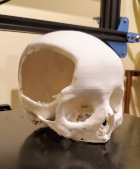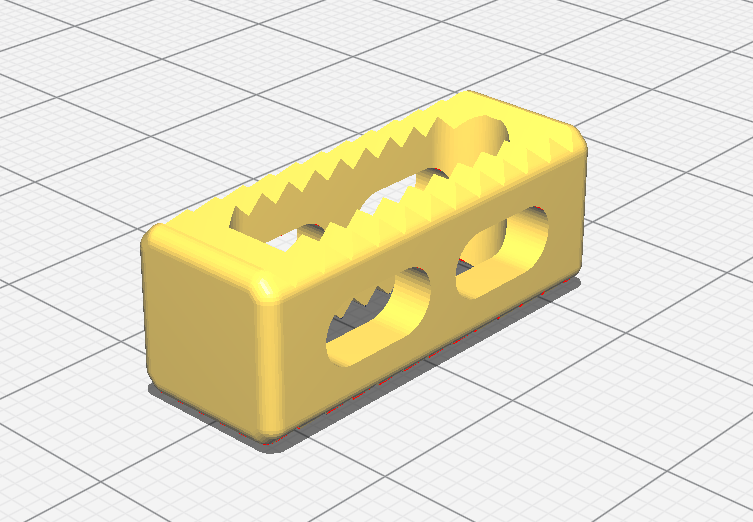
In this course, we focus on the materials and printing technologies used for additive manufacturing of medical devices as well as bioprinting, including developing skills needed for hands-on assembly and operation of extrusion-based 3D printing of low temperature polymers (e.g., PLA, ABS, etc). The goal of this course is to provide students with basic hands-on skills and an overview of additive manufacturing in a biomedical engineering context and to prepare students for independent research and investigation of more advanced topics in 3D printing of medical devices including implants.

3D printing has revolutionized the production of patient specific medical devices, permanent implants, and diagnostics. The COVID pandemic has popularized the idea of producing medical devices such as personal protective equipment at the point of care for health care providers and patients. In a separate course (Biomedical Additive Manufacturing) we focus on what happens “in the box” of the 3D printer for biomedical applications. In this course, we study what happens “out of the box” of the 3D printer: the design process for patient-specific medical devices, including developing skills needed for hands-on medical image segmentation, device design, verification, and validation, all of which needs to happen before a device can be used at the POC. The goal of this course is to provide students with experience using commercially-relevant biomedical software and a regulatory framework to prepare students for the workforce and for independent research in 3D printing of patient- specific medical devices.